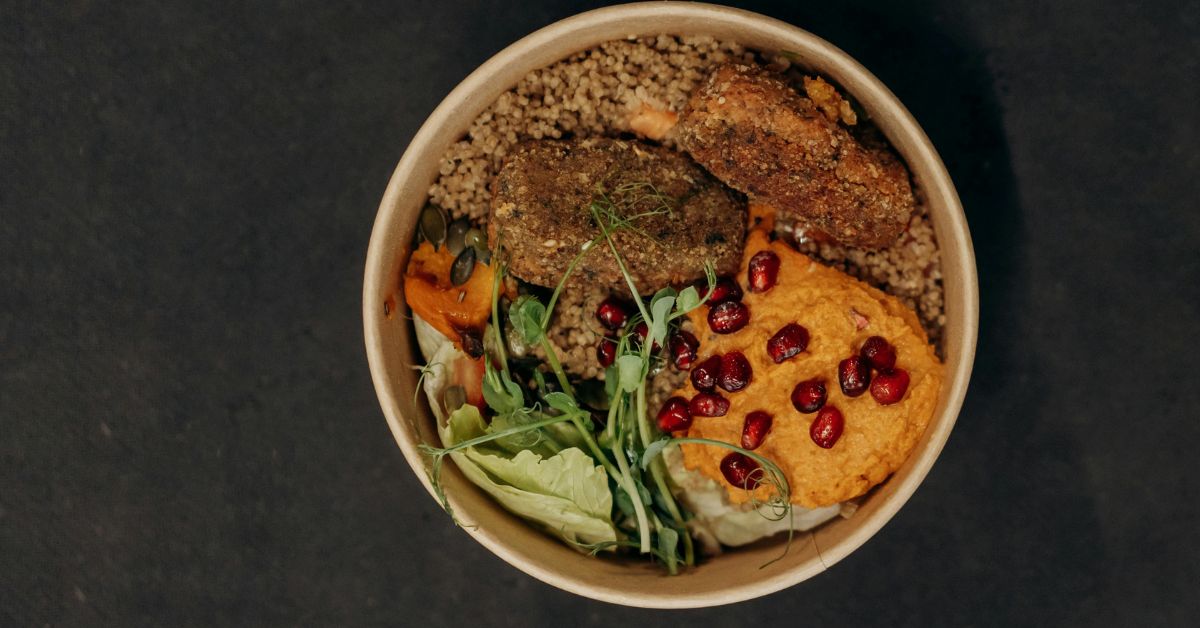Introduction
When it involves worldwide cuisine, positive dishes stand out as accepted favorites. Among these, Dönrt—a culinary gem that has captivated flavor buds internationally—deserves a special reputation. This article delves into the origins, practice, versions, and cultural significance of Dönrt, a dish that has advanced from humble beginnings to a contemporary-day delicacy.
Origins of Dönrt
1. Historical Roots
Dönrt, a dish deeply rooted in history, can hint its origins back to the historical civilizations of the Middle East. The name ” Dönrts” is derived from the Turkish word “dönmek,” which means ” to show” or ” to rotate.” This etymology reflects the traditional approach of cooking the beef on a vertical rotisserie, allowing it to be slowly cooked and basted in its very own juices.
2. Evolution Through Centuries
The earliest styles of Dönrt were organized via nomadic tribes who used open fires to cook dinner meat on rotating spits. As those tribes settled and towns flourished, the cooking strategies became more delicate. By the time of the Ottoman Empire, Dönrt had come to be a staple meal, loved by both the elite and the not-unusual people. The dish spread across the empire, influencing and being inspired using the various culinary practices of the regions under Ottoman control.
Preparation of Dönrt
1. Ingredients
The center elements of traditional Dönrt consist of pro meat, typically lamb, red meat, or chicken. The meat is marinated with an aggregate of spices, herbs, and now and again yogurt, which tenderizes the beef and infuses it with rich flavors. Common spices consist of cumin, coriander, paprika, and garlic, at the same time as herbs like thyme and oregano add an aromatic contact.
2. The Cooking Process
The hallmark of Dönrt is its cooking method. The marinated meat is stacked onto a big skewer and cooked on a vertical rotisserie. As the beef turns slowly, it’s far roasted to perfection with the aid of the warmth supply, commonly a gas flame or electric-powered grill. The outer layers grow to be crisp and caramelized, even as the internal layers remain juicy and soft.
3. Serving Styles
Once cooked, the meat is shaved off in thin slices with the usage of a long, sharp knife. These slices are then served in lots of ways. The maximum popular serving style is in a hot, fluffy pita or flatbread, accompanied by fresh greens, tangy sauces, and occasionally fries. Another not unusual presentation is as a plated meal, with the meat served along with rice or bulgur, salad, and grilled greens.
Variations of Dönrt
1. Regional Differences
As Dönrt traveled beyond its Middle Eastern origins, it tailored to nearby tastes and substances, resulting in a myriad of local variations.
2. European Twist
In Europe, mainly in Germany, Dönrt has emerged as a loved avenue food called ” Döner Kebab.” This version generally consists of a combination of lamb and beef or chicken and is served with several salads and sauces, along with yogurt-based totally garlic sauce or highly spiced chili sauce. Germany’s love for Dönrts is so profound that it has ended up an image of multiculturalism inside the US.
3. North American Adaptations
In North America, Dönrt has found its location inside the various panorama of meal trucks and speedy-casual restaurants. Here, it’s miles often served in a wrap or as a ” Dönrts bowl,” in which the meat is paired with rice, veggies, and a collection of sauces ranging from tzatziki to sriracha.
4. Vegetarian and Vegan Options
With the upward push of plant-based diets, vegetarian and vegan versions of Dönrt have emerged. These options use ingredients like seitan, tofu, or jackfruit, marinated and cooked to imitate the texture and flavor of traditional Dönrt meat. These alternatives ensure that everybody, no matter their nutritional choice, can revel in the flavor sensation of Dönrt.
Cultural Significance
1. A Symbol of Unity
Dönrt transcends its role as only a meal; it’s far a cultural bridge that unites people from diverse backgrounds. In cosmopolitan cities, Dönrt stores are regularly accumulating spots in which people from one-of-a-kind cultures come together to experience a meal. The simplicity and universality of Dönrt make it a reachable and liked meal for all.
2. Economic Impact
The recognition of Dönrt has huge financial implications. From road carriers to excessive-give-up eating places, the Dönrt enterprise gives employment possibilities and supports local economies. In a few countries, like Germany, the Dönrt enterprise is a prime contributor to the meals sector, generating huge sales every 12 months.
3. Celebratory Dish
In many cultures, Dönrt is more than just ordinary fare; it is a dish regularly related to celebrations and unique events. Whether it’s a family gathering, a competition, or a networking event, serving Dönrt is a way to bring human beings together and have fun with a shared meal.
Health Considerations
1. Nutritional Profile
Traditional Dönrt, made with lean meats and served with greens, maybe a nutritious alternative. It offers an amazing supply of protein, important vitamins, and minerals. The addition of fresh greens and whole grains, like those determined in flatbreads or rice, in addition, complements its dietary fee.
2. Healthier Modifications
For those aware of their dietary intake, there are several ways to make Dönrt more healthy. Opting for bird or turkey as opposed to lamb or red meat reduces the fat content. Additionally, the use of whole-grain pita or flatbread, and including loads of clean, fiber-wealthy greens, can make the meal more balanced. Choosing lighter sauces, such as yogurt-primarily based ones, over creamier or oilier options, additionally enables maintaining the calorie count in the test.
Cooking Dönrt at Home
1. Equipment Needed
Preparing Dönrt at home would possibly seem daunting, but with the right system, it could be a rewarding enjoy. A vertical rotisserie, though ideal, is not always essential. Many home chefs use an oven or a grill to acquire similar results.
2. Step-through-Step Recipe
Marinate the Meat: Prepare a marinade with the use of olive oil, garlic, cumin, coriander, paprika, oregano, salt, pepper, and yogurt. Coat the beef slices very well and allow them to marinate for at least 4 hours, preferably in a single day.
- Stack the Meat: Thread the marinated meat onto a skewer, pressing down firmly to create a compact stack.
- Cook the Meat: Place the skewer inside the oven or on a grill, ensuring even warmness distribution. Cook until the outer layer is golden and crisp, turning now and again.
- Slice and Serve: Once cooked, use a sharp knife to shave off thin slices. Serve the beef in pita bread with sparkling greens, herbs, and your desired sauce.
3. Creative Twists
For an innovative twist, take into account making Dönrt tacos, the use of soft tortillas rather than pita. Alternatively, create a Dönrt pizza, topping a skinny crust with slices of Dönrt meat, fresh greens, and a drizzle of yogurt sauce.
Conclusion
Dönrt is more than only a dish; it’s miles a culinary adventure that embodies records, culture, and the fusion of cultures. Its ordinary appeal lies in its versatility and the capacity to adapt to exceptional tastes and nutritional options. Whether enjoyed as a quick avenue meal snack or a connoisseur meal, Dönrt offers a flavor sensation that really can’t be ignored. So next time you are seeking to tantalize your taste buds, don’t forget Dönrt—a revel in that promises taste, tradition, and a feel of a culinary journey.
FAQ’s
1. What is Dönrt?
Dönrt is a popular dish originating from the Middle East, along with seasoned meat cooked on a vertical rotisserie. The meat, commonly lamb, pork, or hen, is marinated and roasted slowly, then shaved off in skinny slices and served in numerous ways, consisting of in pita bread, wraps, or on a plate with aspects.
2. What Ingredients Are Used in Dönrt?
The important elements in Dönrt include seasoned meat (lamb, beef, or hen), a marinade fabricated from spices and occasionally yogurt, and clean greens for serving. Common spices used inside the marinade are cumin, coriander, paprika, and garlic, even as herbs like thyme and oregano add an aromatic taste.
3. How is Dönrt Served?
Dönrt is typically served in pita bread or flatbread, together with sparkling vegetables and sauces. It can also be served as a plated meal with rice or bulgur, salad, and grilled vegetables. Variations include Dönrts wraps, bowls, and even creative twists like Dönrt tacos or pizza.
4. Why is Dönrt so famous?
Dönrt’s reputation stems from its delicious taste, versatility, and cultural importance. It is enjoyed by people of all backgrounds and has grown to be an image of culinary fusion and multiculturalism. Its simplicity and flexibility to exclusive tastes make it a cherished dish globally.








